Yesterday, a small partner asked Xiao Bian. What is the difference between the computer's BIOS and UEFI? Because it was all flashing through the computer, it seemed to be the difference between speed and speed. There is also the difference between the startup mode mentioned earlier in the small series, such as UEFI + GPT startup mode, but what is the difference between BIOS and UEFI, I am afraid that many people are still the second monk? Xiao Bian talks about the difference between them today.

BIOS and UEFI Past and Present
The BIOS is an abbreviation of the English "Basic Input Output System". After the literal translation, the Chinese name is "Basic Input Output System." UEFI stands for Unified Extensible Firmware Interface, which is a unified extensible firmware interface. It is a standard that describes the new type of interface in detail. It is a standard firmware interface for computers and is intended to replace the BIOS (basic input/output system), UEFI. Designed to improve software interoperability and address BIOS limitations.
Note: Benefits of UEFI over BIOS
1, by protecting the pre-boot or pre-boot process, against bootkit attacks, thereby improving security.
2. The startup time and recovery time from hibernation are shortened.
3, support for more than 2.2 TB drive capacity.
4. 64-bit modern firmware device drivers are supported. The system can use them to address more than 17.2 billion GB of memory during the boot process.
5, UEFI hardware can be used in conjunction with the BIOS.
All computers will have a BIOS that loads the computer's most basic program code and assumes the task of initializing hardware, detecting hardware functions, and booting the operating system. The UEFI is a concept relative to the BIOS. This interface is used to automatically load the operating system from a pre-booted operating environment onto an operating system, thereby achieving the purpose of simplifying the boot process and saving time. Traditional BIOS technology is gradually being replaced by UEFI. Many computers that have recently been shipped out have used UEFI. The use of UEFI mode to install operating systems is the trend.
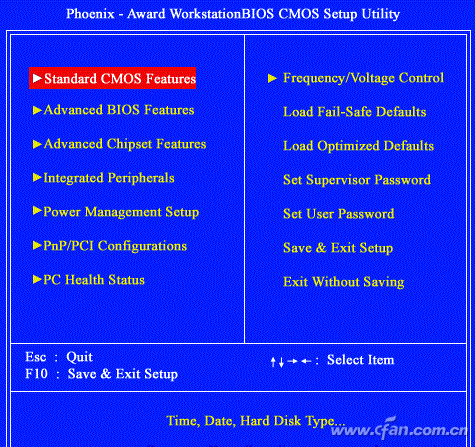
In essence, UEFI is born to replace the BIOS. In terms of functionality, UEFI's scalability and execution capabilities are far superior to the simple BIOS. The most intuitive is that you can see the GUI in the UEFI interface. You can use the mouse to operate the UEFI. , can make the self-checking process at startup greatly simplified, this is the most basic difference.

Who is BIOS/UEFI?
The operating system is Windows, various versions of Linux, and even Apple's MAC OS. BIOS/UEFI is actually designed by different vendors. You can understand it as a relatively low-level "operating system" (although it is not very accurate). At present, the BIOS/UEFI is mainly four Phoenix BIOS, AMI BIOS, Insyde BIOS and Byosoft.
Phoenix BIOS
Phoenix BIOS is a Phoenix product. The Phoenix BIOS is simple and easy to operate. Thanks to the acquisition of the Award BIOS (a once popular BIOS), the Phoenix BIOS is now subdivided into two products. The first is the Phoenix Award BIOS. This BIOS product is mainly for ODMs and entry-level market products because of its simple features and licensing fees. Relatively low; the second is Phoenix BIOS / UEFI, mainly for Phoenix main high-end desktop and other products, BIOS / UEFI feature is powerful, high degree of customization, of course, licensing fees are also more expensive.
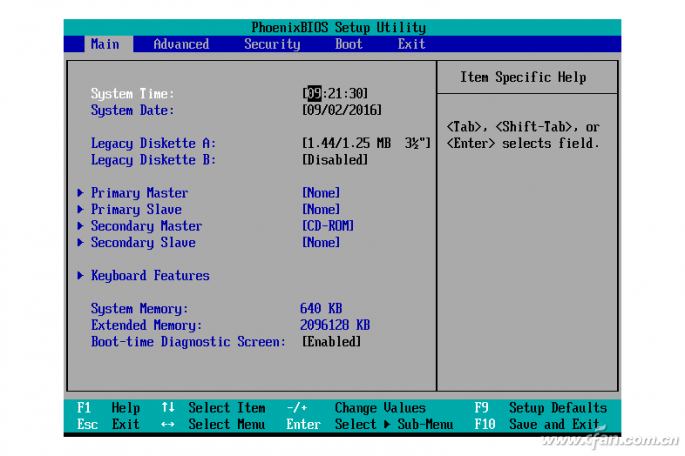
AMI BIOS
The AMI BIOS is the BIOS system software of AMI (full name: American Megatrends Incorporated). The biggest feature of the AMI BIOS is that it is powerful and supports many OEM manufacturers' places of definition, and the licensing fee is relatively low. The main products of AMI include AMICORE and AMI Aptio. The former is a traditional BIOS and the latter is UEFI.
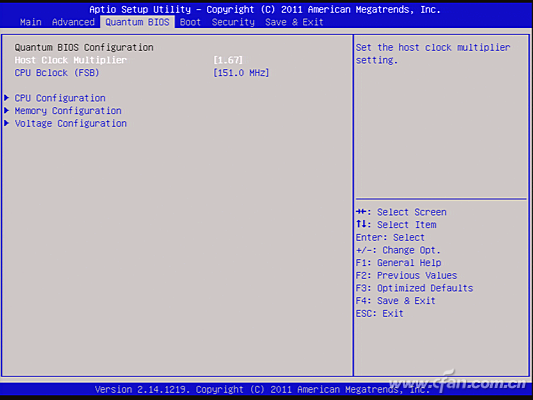
Insyde
Insyde bios is a new type of BIOS, used by some Intel-based laptops such as Shenzhou, Lenovo, and others. Insydeh2o is a masterpiece of its UEFI product. It should be said that Insyde has performed very well on UEFI products, exceeding the former industry leader Phoenix and becoming the leader of UEFI products. Many laptops actually use Insyde's. Insydeh2o UEFI.
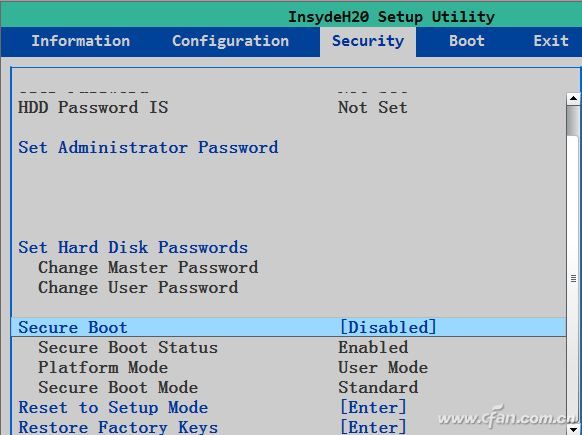
Byosoft
In 2006, the newly established BIOS company was the fourth BIOS company in the world authorized by Intel. The current products mainly serve OEM customers and are rarely seen in the motherboards of the retail market. Moreover, Byosoft basically focuses on the EFI BIOS. In fact, Byosoft still has some connections with Phoenix - its creator was an employee of Phoenix. The famous millet Win10 tablet, its BIOS is Byosoft's products.
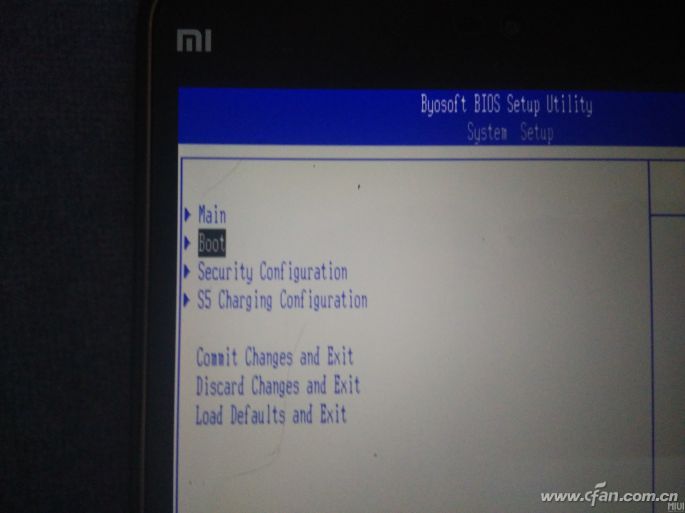
Follow Light
Follow Lights usually use for wedding event, concert, and movie theater
350W LED Follow Spot Light Five Color+White Gobo Customizable 17R
Total power: 500W
Frequency: 50 hz-60 Hz
Voltage: 110v-240v
Light source: projection bubble 470w
Color: 7 kinds of color plus white light, red, yellow, blue, green, peach red, warming tablets, cooling tablets;3200K - 6500k rainbow effect.
Function: manual focusing.On / off light stroboscopic speed;Aperture size;Color change - color change;Stepless adjustment, adjustable speed and electronic.
Passage;4 DMX512 channels
Beam angle: 8-15 degrees, effective range 100-120 meters
Our company have 13 years experience of LED Display and Stage Lights , our company mainly produce Indoor Rental LED Display, Outdoor Rental LED Display, Transparent LED Display,Indoor Fixed Indoor LED Display, Outdoor Fixed LED Display, Poster LED Display , Dance LED Display ... In additional, we also produce stage lights, such as beam lights Series, moving head lights Series, LED Par Light Series and son on..
Follow Light Series,Follow Light,Spot Light,Follow Spot Light
Guangzhou Chengwen Photoelectric Technology co.,ltd , https://www.cwledpanel.com